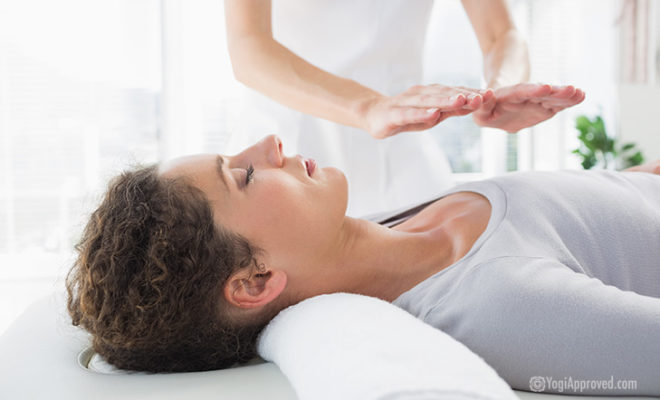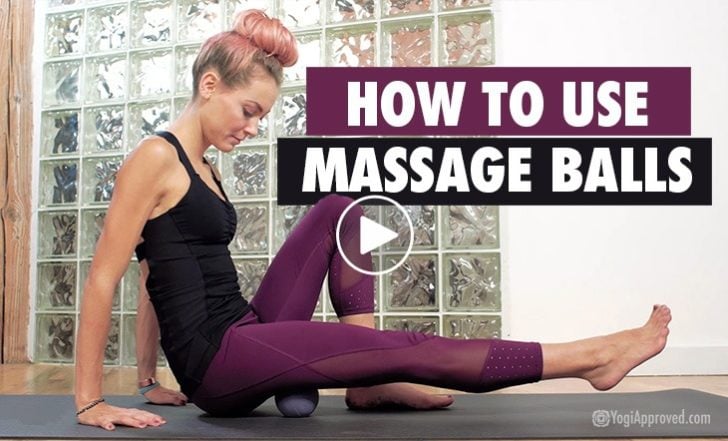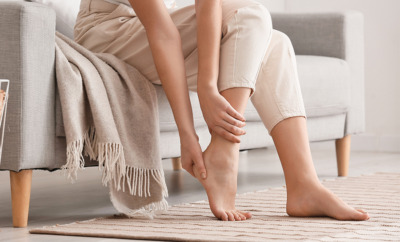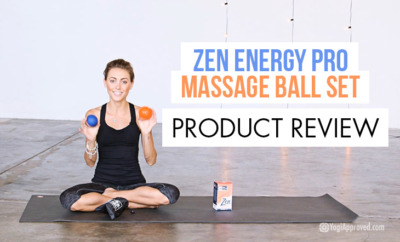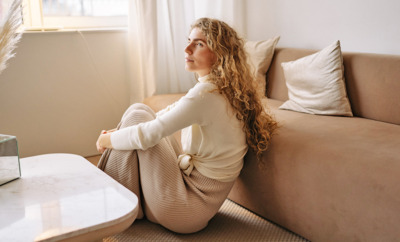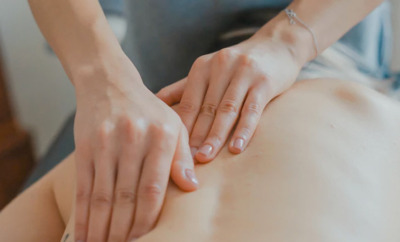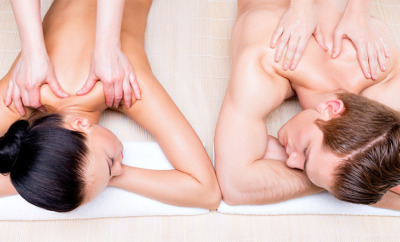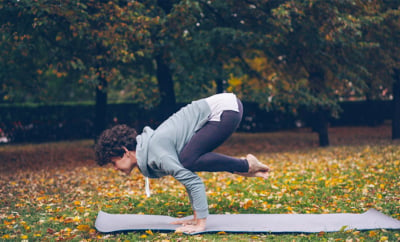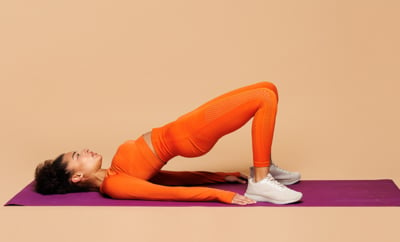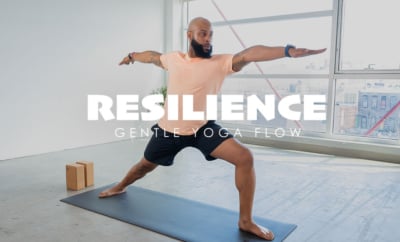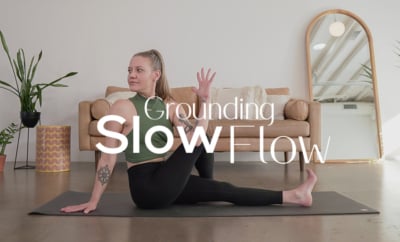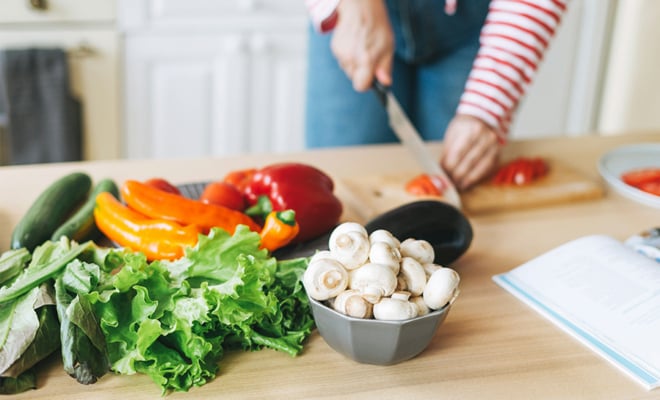Introduction to Thai Massage + 3 Techniques You Can Try at Home
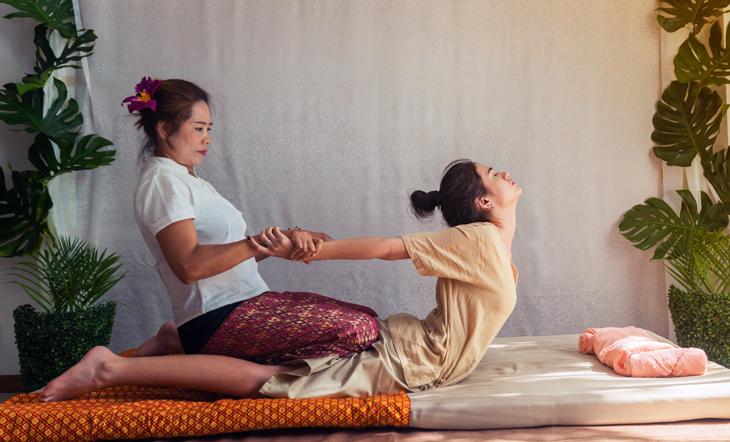
I had no idea what to expect when I approached the thatched hut for my very first Thai Massage. It was my third day in Phuket, Thailand, and I’d seen a sign the day before advertising Thai Massage was available just down the road from where I was staying.
A short woman wearing scrubs greeted me as I approached the wooden stairs of the hut. She pointed to a plastic bin full of warm water and motioned for me to put my feet in it. I quickly gathered that we didn’t speak the same language. But we didn’t have to: her eyes and gestures were clear and kind.
She sat on the stairs and began washing my feet; I’d heard about the practice of doing so for elders in many Asian countries, and thought about Jesus washing the feet of his disciples.
Pointing to myself, then to her, I awkwardly asked her name in a series of mimes and sounds. “Tu” she smiled, pronouncing her name with what sounded like firing a spit wad through a straw.
Tu guided me to a padded mat that consumed the majority of space of the open walled hut with a full view of the Andaman Sea.
What Is Thai Massage?
Thai Massage is administered on a padded mat reminiscent of a giant futon cushion on the floor. The massage therapist manipulates your body into stretches to help relax your muscles and enhance muscle tone and flexibility.
In addition to stretches, Thai Massage also incorporates compression, acupressure, and joint mobility.
The techniques of Thai Massage are based on the belief that tight muscles diminish the flow of energy. When the body’s energy is immobile, stiffness and inflexibility create discomfort and pain.
This practice lends itself to be sustainable for both giver and receiver, and is often aptly described as “Thai Yoga Massage” and the “Lazy Yoga.”

Dana Romanoff Photography
The massage therapist manipulates your body into stretches to help relax your muscles and enhance muscle tone and flexibility.
Rather than rubbing and kneading actions that characterize other types of massage, Thai Massage utilizes lengthening stretches and rocking motions to support flexibility, enhance circulation, and relieve pain.
Using his or her knees, feet, hands, and legs, the therapist guides you into stretches that emulate yoga postures. The modalities of acupressure, muscle compression, joint mobilization, and energy work are also incorporated.
Ancient Origins of Thai Massage
What most don’t know about Thai Massage is that it has its roots in India. It was founded by Jivaka Kumar Bhaccha who was a contemporary of Buddha and is based on the yogic principles of invisible lines of energy, or prana, that run through the body.
Thai Massage is based on the selection of ten main energy lines sufficient for practical treatment for the entire body and internal organs. In accordance with ancient Asian culture, Thai Massage also treats the subtle energetic field within the body.
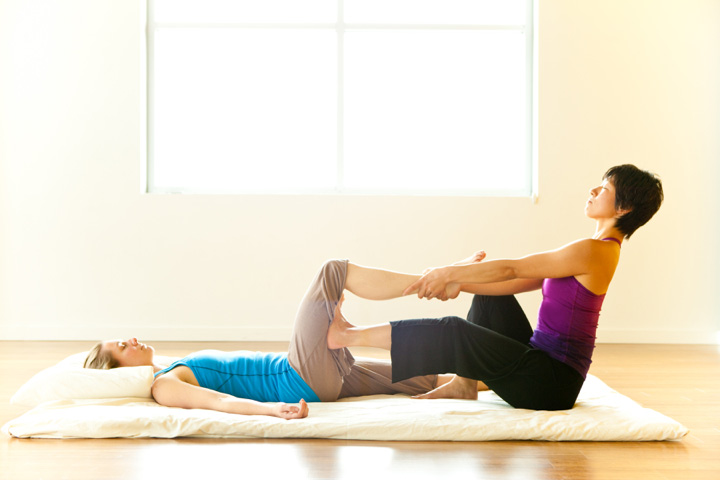
Dana Romanoff Photography
The techniques of Thai Massage are based on the belief that tight muscles diminish the flow of energy.
It’s understood that, in order to improve the recipient’s overall health, imbalances must be aligned to aid the flow of energy along these lines.
Benefits of Thai Massage
Thai Massage increases circulation, which infuses your tissues with nutrients and oxygen. This, in turn, helps your body rid itself of carbon dioxide, toxins, and metabolic byproducts. This helps your body become more efficient at reversing the aging process.
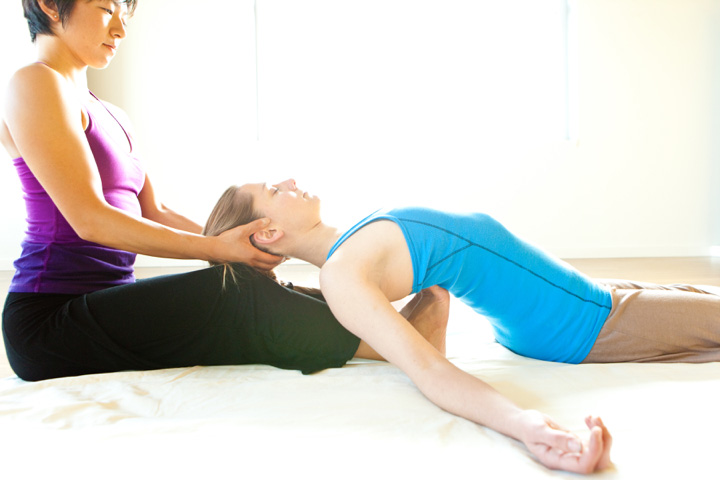
Dana Romanoff Photography
Thai Massage increases circulation, which infuses your tissues with nutrients and oxygen.
Thai Massage can provide relief from chronic pain and headaches, and it relaxes the sympathetic nervous system. It aids in increasing (and maintaining) joint mobility and flexibility. It also cultivates a sense of calm and wellbeing . . . which is great for stress relief!
Try Thai Massage For Yourself! Here Are 3 Techniques:
Here are three basic Thai Massage techniques you can use for a self-massage.
1. Foot Stretch
Sit cross legged with your right foot slightly in front of your left (sit on a folded up blanket to support your spine if needed). Place your right thumb to the center of the sole of your right foot.
Rather than using muscle effort as we would to push into the foot, simply lean forward, allowing the weight of your body and gravity to create the pressure sensation.
2. Head Massage
In a comfortable seated position, place both hands in front of your face. With three fingers of each hand (index, middle, ring fingers) pressing just above your eyebrows, slide your fingers up your forehead, to the crown of your head, then run them down the back of your head and release.
3. Forehead and Neck Massage
Place your hands on your eyebrows with your elbows pointing down. Slide your hands to the middle of your forehead, then pivot hands so elbows point outwards; pull hands along your forehead to the sides of your temples. Then slide hands all the way down your neck.
Thai Massage – The Takeaway
After an hour of my own first Thai Massage, I realized that I felt like I had simultaneously gone to yoga and laid on the couch watching Netflix.
Thai Yoga Massage could be for anyone, just note that it may be contraindicated for those who have cancer, are pregnant, or suffering from back or neck injuries. The great news is that you don’t have to go all the way to Thailand to experience the benefits!
If you haven’t gotten a personal recommendation, many reputable Thai Massage therapists and centers have websites that you can use to screen their services and check their qualifications. Either way, when you arrive or before you schedule an appointment, don’t hesitate to ask questions.


This Month's Letter
From the Editor
Monthly motivation and food for
thought from our founder.

